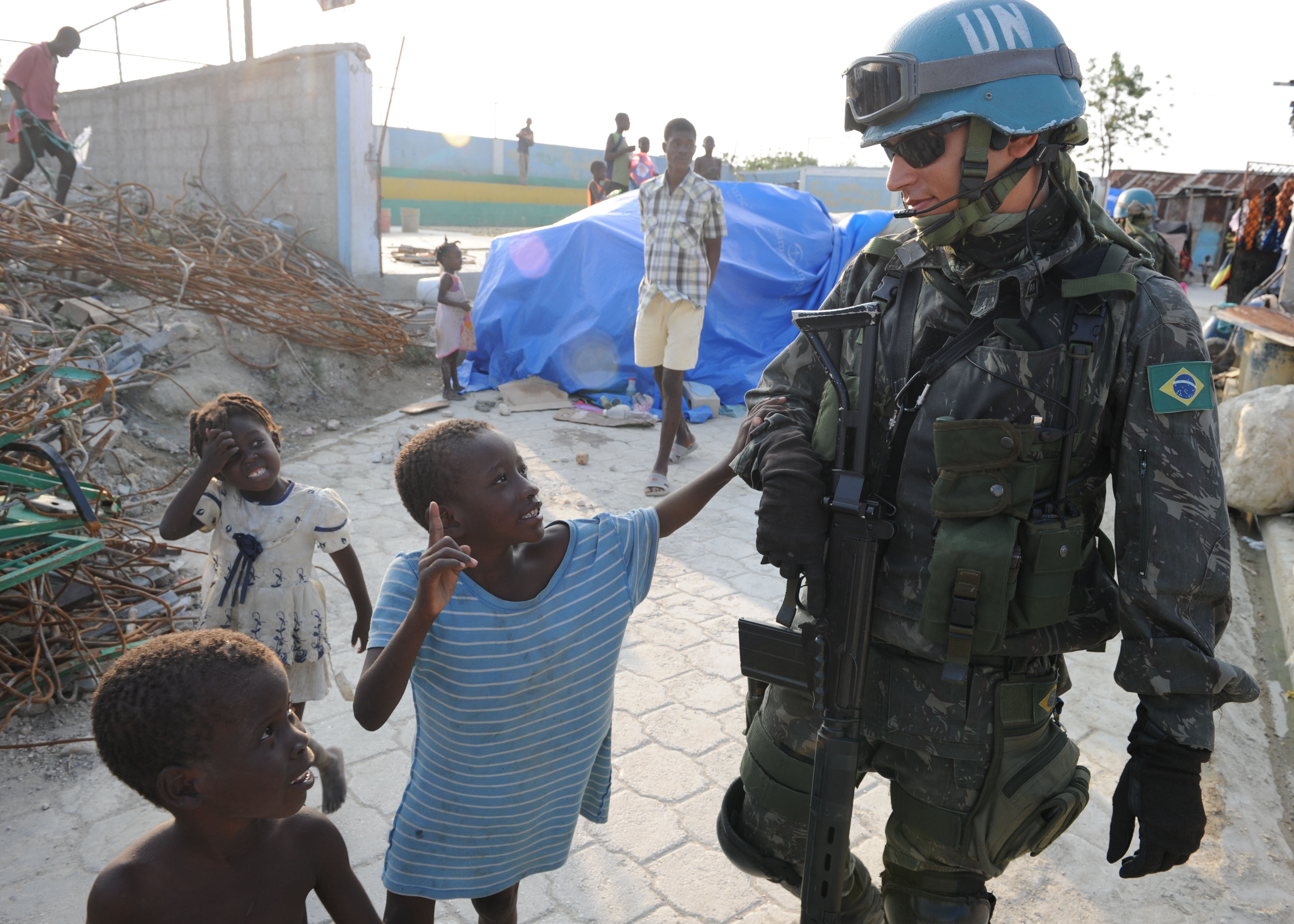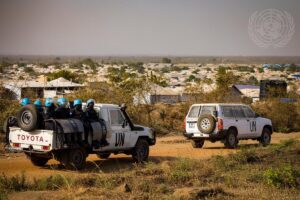1This chapter is a revised and updated version of: F. Chappuis and A. Gorur, “Reconciling security sector reform and the protection of civilians in peacekeeping contexts,” Civilians in Conflict Issue Brief No. 3, DCAF and Henry L. Stimson Center, Geneva and Washington, January 2015.The protection of civilians (POC) has always been fundamental to the UN’s understanding of the relevance of security sector reform (SSR) in post-conflict contexts: even the very first reference to SSR in a 2005 Security Council discussion stated that reform of the security sector and POC (among other agendas) should be priorities in post-conflict environments.2See Statement by President of the Security Council (S/PRST/2005/20), 26 May 2005. The relevant section reads: “The Security Council underlines that priorities in the post-conflict environment should include, where appropriate: protection of civilians; disarmament, demobilization, repatriation, reintegration and rehabilitation of former combatants; security sector and economic and social reform; the end of impunity; establishment and re-establishment of the institutions of Government, the rule of law and transitional justice, respect for human rights; and economic revitalization.” Since then, mandates, general guidance, and mission strategies have increasingly asserted a positive and mutually conducive relationship between POC and SSR, with both POC and support to SSR emerging as core priorities in a growing number of UN peacekeeping missions.3See for example UN Department of Peacekeeping Operations and UN Department of Field Support, “Protection of civilians: Coordination mechanisms in UN peacekeeping missions,” 2012, 56. It asserts that UN peacekeeping missions’ SSR components are among those for which “added value should be considered in the context of POC strategy.” See also UN Security Sector Reform Task Force, “Security sector reform integrated technical guidance notes,” 2012, 74. It advises SSR actors to draw “impetus and support” from POC operational concepts. Over ten years after the first joint reference to POC and SSR, major peacekeeping operations with both elements in their mandates have included the UN Mission in Liberia (UNMIL), the UN Operation in Côte d’Ivoire (UNOCI), the UN Stabilization Mission in Haiti (MINUSTAH), the African Union/United Nations Hybrid Operation in Darfur (UNAMID), the UN Organization Stabilization Mission in the Democratic Republic of the Congo (MONUSCO), the UN Interim Security Force for Abyei (UNISFA), the UN Multidimensional Integrated Stabilization Mission in Mali (MINUSMA), and the UN Multidimensional Integrated Stabilization Mission in the Central African Republic (MINUSCA).
UN peacekeeping mandates tend to assume an inherent compatibility between POC and international support to SSR, yet experience reveals that implementing the two simultaneously often causes friction. While both POC and SSR share the ultimate goal of improving human security, the idea that SSR always, everywhere, and necessarily contributes to the immediate goals of POC is a widespread misunderstanding. Conflating the two agendas has allowed potential risks and unintended consequences to go unnoticed.
Existing guidance posits that POC and SSR intersect at the point of making people feel safe, but the tensions that exist in implementing them side-by-side are exacerbated by the fact that there has never been a clear explanation of how these two agendas interact in practice. Failing to acknowledge the tensions between these apparently complementary activities leads to poor policy and practice in both POC and SSR support, creating risks to civilians and to the credibility and legitimacy of peacekeeping operations. It also leads to missed opportunities in both POC and SSR, because recognizing and resolving these tensions would maximize the benefits of aligning these two related but separate agendas.
This chapter begins with an overview of existing UN policy linking SSR to civilian protection, arguing for a clearer distinction between these elements in peacekeeping contexts. The remainder of the chapter describes two major sources of friction between POC and SSR in practice, before turning to the natural convergences between these two agendas, and finally, presents ways to mitigate tensions arising out of their implementation.
Notes
- 1This chapter is a revised and updated version of: F. Chappuis and A. Gorur, “Reconciling security sector reform and the protection of civilians in peacekeeping contexts,” Civilians in Conflict Issue Brief No. 3, DCAF and Henry L. Stimson Center, Geneva and Washington, January 2015.
- 2See Statement by President of the Security Council (S/PRST/2005/20), 26 May 2005. The relevant section reads: “The Security Council underlines that priorities in the post-conflict environment should include, where appropriate: protection of civilians; disarmament, demobilization, repatriation, reintegration and rehabilitation of former combatants; security sector and economic and social reform; the end of impunity; establishment and re-establishment of the institutions of Government, the rule of law and transitional justice, respect for human rights; and economic revitalization.”
- 3See for example UN Department of Peacekeeping Operations and UN Department of Field Support, “Protection of civilians: Coordination mechanisms in UN peacekeeping missions,” 2012, 56. It asserts that UN peacekeeping missions’ SSR components are among those for which “added value should be considered in the context of POC strategy.” See also UN Security Sector Reform Task Force, “Security sector reform integrated technical guidance notes,” 2012, 74. It advises SSR actors to draw “impetus and support” from POC operational concepts.




